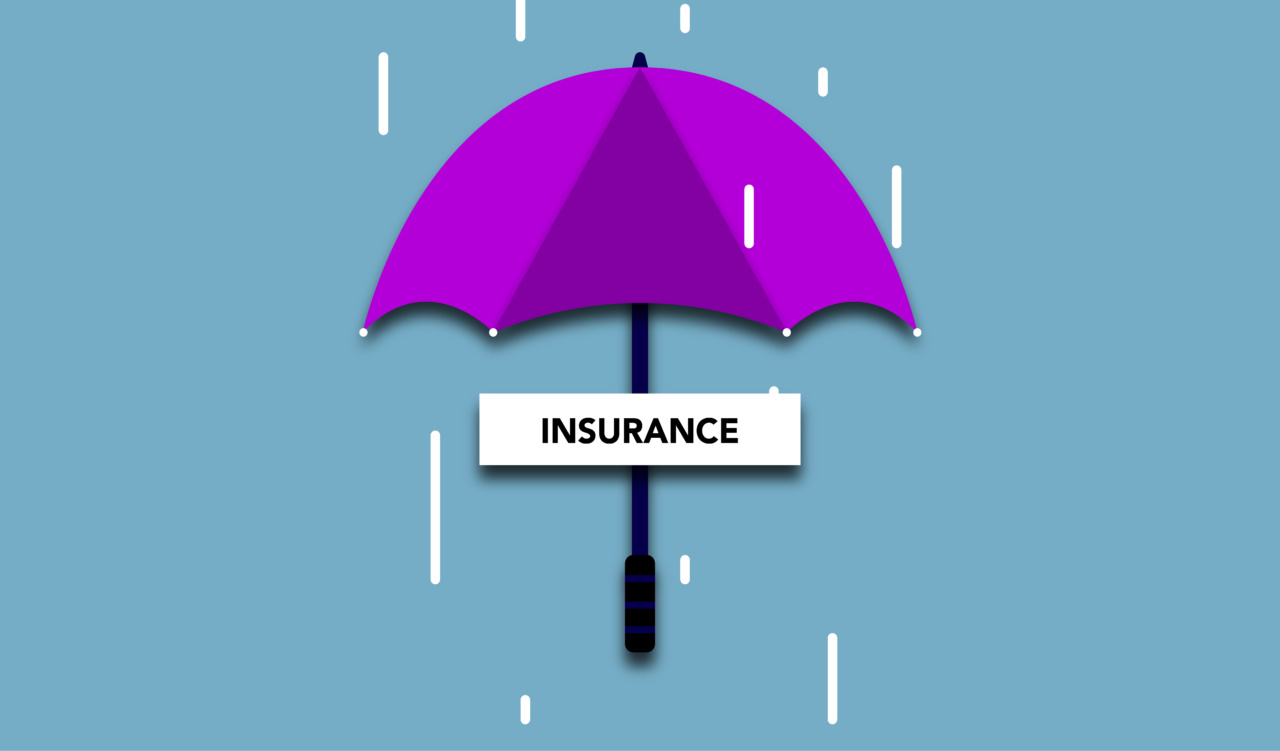In today’s digital age, where threats to privacy and security are rampant, it is essential to ensure the safety of your personal and sensitive information.
Fortunately, there are numerous measures you can take to protect yourself and your data from hackers, cybercriminals, and other malicious entities. By implementing these security practices, you can create a shelter of security that shields your measures from potential threats.
1. Strong and Unique Passwords
Creating strong and unique passwords is the first line of defense against unauthorized access.
Avoid using common passwords such as “123456” or “password” and instead use a combination of upper and lowercase letters, numbers, and special characters. Additionally, ensure that you use different passwords for each of your accounts to prevent a breach in one account jeopardizing all others.
2. Two-Factor Authentication
Two-factor authentication (2FA) provides an extra layer of security by requiring an additional form of verification, typically a unique code sent to your phone or email, along with your password.
By enabling 2FA, even if someone gets hold of your password, they still wouldn’t be able to access your accounts without the additional verification.
3. Regular Software Updates
Keeping your software, operating systems, and applications up to date is crucial for maintaining security. Software updates often include bug fixes, patches, and security enhancements that address known vulnerabilities.
By staying up to date, you can minimize the risk of falling victim to attacks that exploit outdated or unpatched software.
4. Secure Wi-Fi Networks
Securing your Wi-Fi network is vital in safeguarding your internet connection. Ensure you change the default username and password of your Wi-Fi router.
Use a strong password and consider enabling encryption, such as WPA2, to prevent unauthorized users from accessing your network. Additionally, hiding your network name (SSID) can make it less visible to potential hackers.
5. Firewall Protection
A firewall acts as a barrier between your network and potential external threats. It helps filter out malicious traffic and unauthorized access attempts.
Ensure you have an active firewall, either through your operating system’s built-in firewall or a dedicated firewall software, to keep your system protected from unauthorized access.
6. Regular Backups
Regularly backing up your data is essential to protect yourself from data loss in the event of a security breach or hardware failure. Utilize cloud storage services or external hard drives to create backups of important files and documents.
Consider automating the backup process to ensure it is done on a regular basis.
7. Use Encryption
Encryption transforms your data into unreadable text, which can only be deciphered with the right encryption key.
Implement encryption for sensitive information, such as financial data or personal records, both during transit (e.g., SSL for websites) and at rest (e.g., encrypted hard drives). This way, even if someone gains unauthorized access to your data, they won’t be able to make sense of it.
8. Be Cautious of Phishing Attempts
Phishing is a common technique used by cybercriminals to trick individuals into revealing personal information, such as passwords or credit card details. Be cautious of suspicious emails, messages, or phone calls asking for sensitive information.
Avoid clicking on suspicious links and verify the legitimacy of the sender before providing any personal or financial details.
9. Use Antivirus Software
Antivirus software helps protect your computer from malware, including viruses, ransomware, and spyware. Install a reputable antivirus program and keep it up to date with the latest virus definitions.
Regularly run scans and let the software handle any detected threats or vulnerabilities.
10. Educate Yourself
One of the most effective ways to stay safe online is by educating yourself about the various threats and security practices. Stay informed about the latest cybersecurity trends and techniques used by hackers.
Attend webinars, read books or articles, and follow trusted cybersecurity experts to enhance your knowledge and awareness.






























